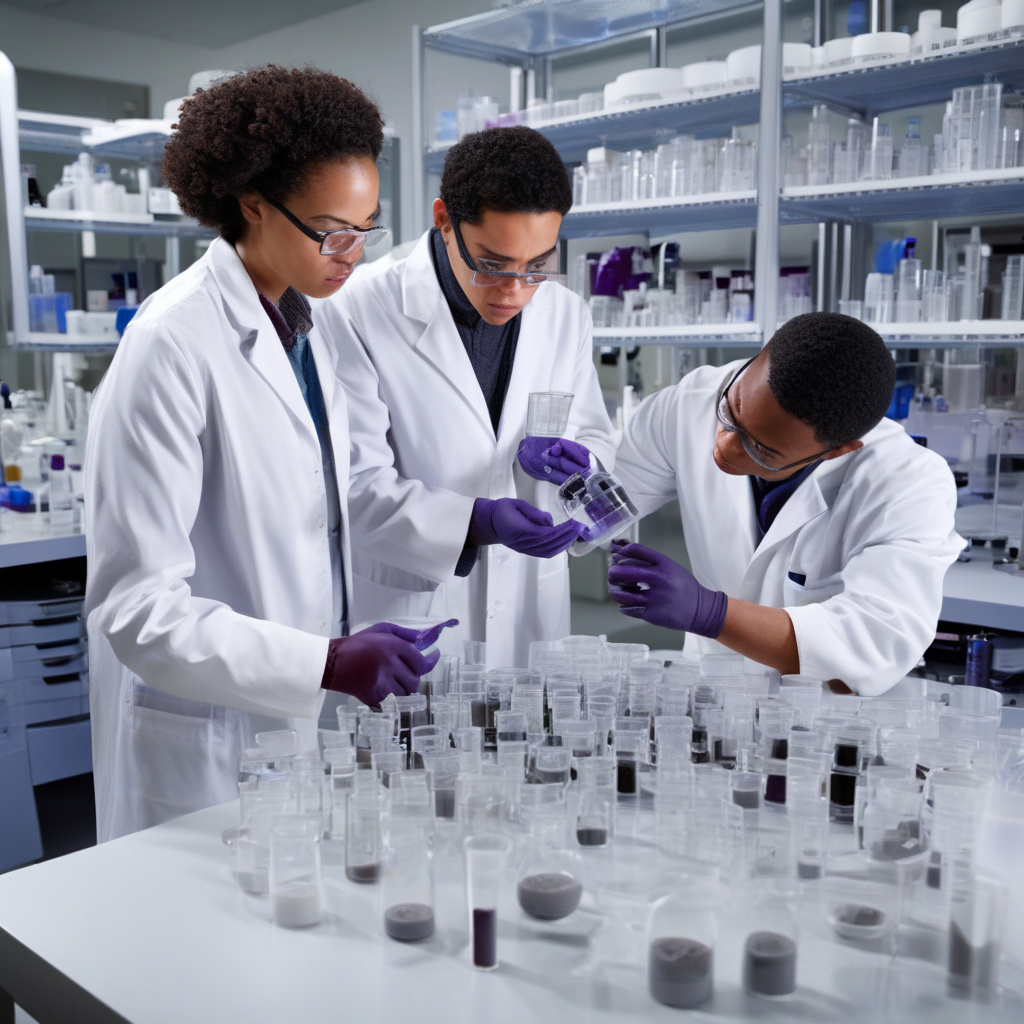Northwestern University’s Graphene Oxide Material Breakthrough Could Replace PFAS in Food Packaging
Northwestern University has recently made waves in the scientific community with a groundbreaking discovery in the realm of sustainable packaging solutions. The development of a graphene oxide-based coating could potentially revolutionize the way we approach food packaging, offering a non-toxic and environmentally friendly alternative to traditional plastic and PFAS materials.
The rise of concerns surrounding per- and polyfluoroalkyl substances (PFAS) in food packaging has prompted researchers to seek out safer and more sustainable options. PFAS chemicals have been linked to a range of health issues, leading to a growing demand for alternative materials that do not pose a risk to human health or the environment.
Graphene oxide, a derivative of graphene, has emerged as a promising candidate for addressing these concerns. Known for its exceptional strength, flexibility, and impermeability, graphene oxide offers a range of properties that make it well-suited for use in food packaging applications. By leveraging the unique properties of this material, researchers at Northwestern University have developed a coating that not only provides a protective barrier for food products but also eliminates the need for harmful PFAS chemicals.
One of the key advantages of graphene oxide is its impermeability to gases, liquids, and even tiny molecules. This barrier property makes it an ideal candidate for extending the shelf life of food products, reducing food waste, and maintaining the quality and freshness of packaged goods. Additionally, graphene oxide is highly resistant to heat and cold, making it suitable for a wide range of temperature conditions commonly encountered during food storage and transportation.
Moreover, graphene oxide is inherently non-toxic and biocompatible, ensuring that it does not leach harmful chemicals into food products or the environment. This is a significant departure from traditional plastic and PFAS materials, which have raised concerns about their potential impact on human health and the ecosystem. By using graphene oxide-based coatings in food packaging, manufacturers can provide consumers with a safer and more sustainable option that aligns with growing demands for eco-friendly solutions.
The implications of Northwestern University’s graphene oxide breakthrough extend beyond food packaging. As the global push for sustainability and environmental responsibility continues to gain momentum, innovative materials like graphene oxide are poised to play a crucial role in driving the transition towards a more eco-conscious future. By replacing PFAS and plastic materials with graphene oxide-based alternatives, industries can reduce their carbon footprint, minimize waste generation, and mitigate the environmental impact of their operations.
In conclusion, Northwestern University’s graphene oxide material breakthrough represents a significant step forward in the quest for sustainable and non-toxic food packaging solutions. By harnessing the unique properties of graphene oxide, researchers have unlocked a new avenue for creating safer, more environmentally friendly packaging materials that have the potential to revolutionize the industry. As the demand for eco-conscious products continues to grow, innovations like this are paving the way for a more sustainable future.
#NorthwesternUniversity #GrapheneOxide #PFAS #FoodPackaging #Sustainability












